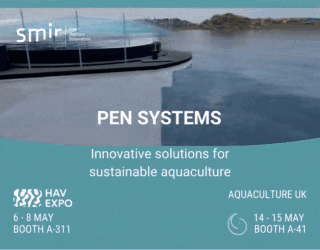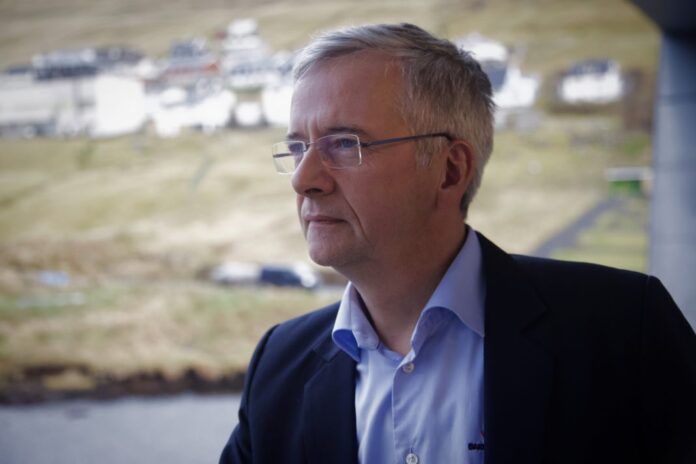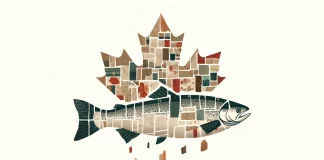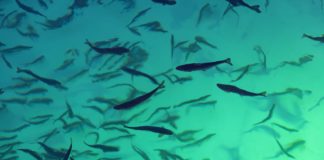Another disappointment for the Faroese breeder.
Bakkafrost presents an EBIT of DKK 325 million (EUR 43,7M) on Tuesday morning. An operating profit of DKK 359 million (EUR 48,3M) was expected in advance, according to estimates obtained by Infront.
“Overall, we are satisfied with the results from the Faroe Islands this quarter, although not with the results from the Scottish farming segment,” admits Bakkafrost top, Regin Jacobsen.
“We are pleased to see continued strong biological performance in the Faroe Islands with strong growth, all-time low salmon lice levels and increased average slaughter weights. We are also satisfied with the positive results from implemented changes in the production regime for large smolt in the Faroe Islands. This has resulted in more robust smolt with better biological performance. Falling mortality in the farming operations from produced smolt after the changes were implemented demonstrates the effect of these changes for our farming operations in general and large smolt production in the Faroe Islands and Scotland.”
The venture in Scotland, as a result of the acquisition of The Scottish Salmon Company, remains demanding.
– We are not satisfied with the biological performance in the Scottish breeding segment, where mortality has been higher than expected in this quarter. This reminds us that we still face challenges while we wait for bigger and better quality smolt. In Q2 2023 we will reach an important milestone in Scotland as we expect to release the first batch of large smolt from our Applecross hatchery. Meanwhile, good biological risk reduction is important and freshwater treatment capacity plays an important role here. Unfortunately, our new wellboat for Scotland was delayed, but was finally operational in late September. With that, we have significantly scaled up our fresh water treatment capacity, which is now finally at a sufficient level. The new 4,000 cubic meter well boat can treat gill health problems as well as remove salmon lice in a gentle treatment and the results so far are promising, continues Jacobsen.
“As far as the market is concerned, Q3 has been a quarter with great variations. The tight supply and high prices at the beginning of the quarter were replaced by significantly higher volumes delivered to the market in the second half of the quarter and at lower prices, but still well above previous years. Despite high food inflation, demand for salmon is still strong, which is reflected in contract prices for next year. If we look ahead into 2023, increasing supply in the salmon market will be tight with low single-digit growth,” he estimates.











